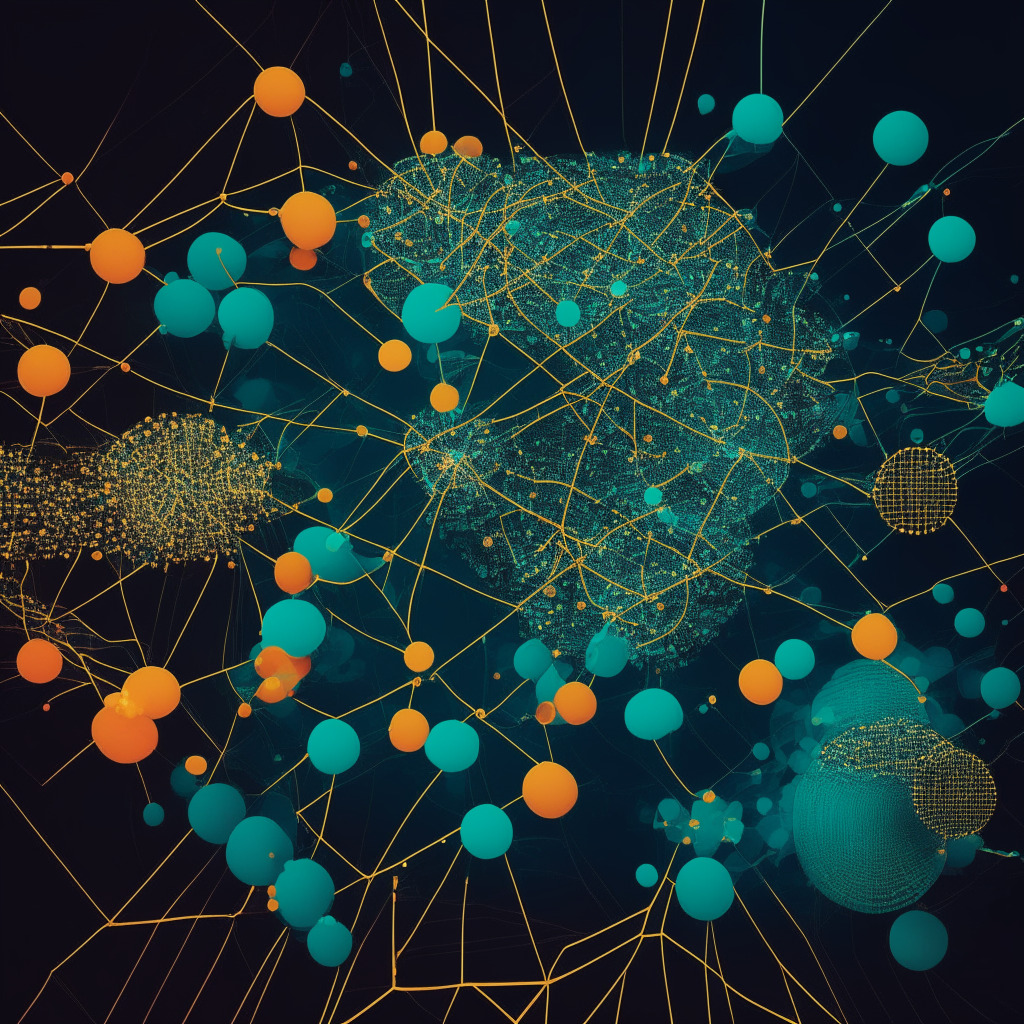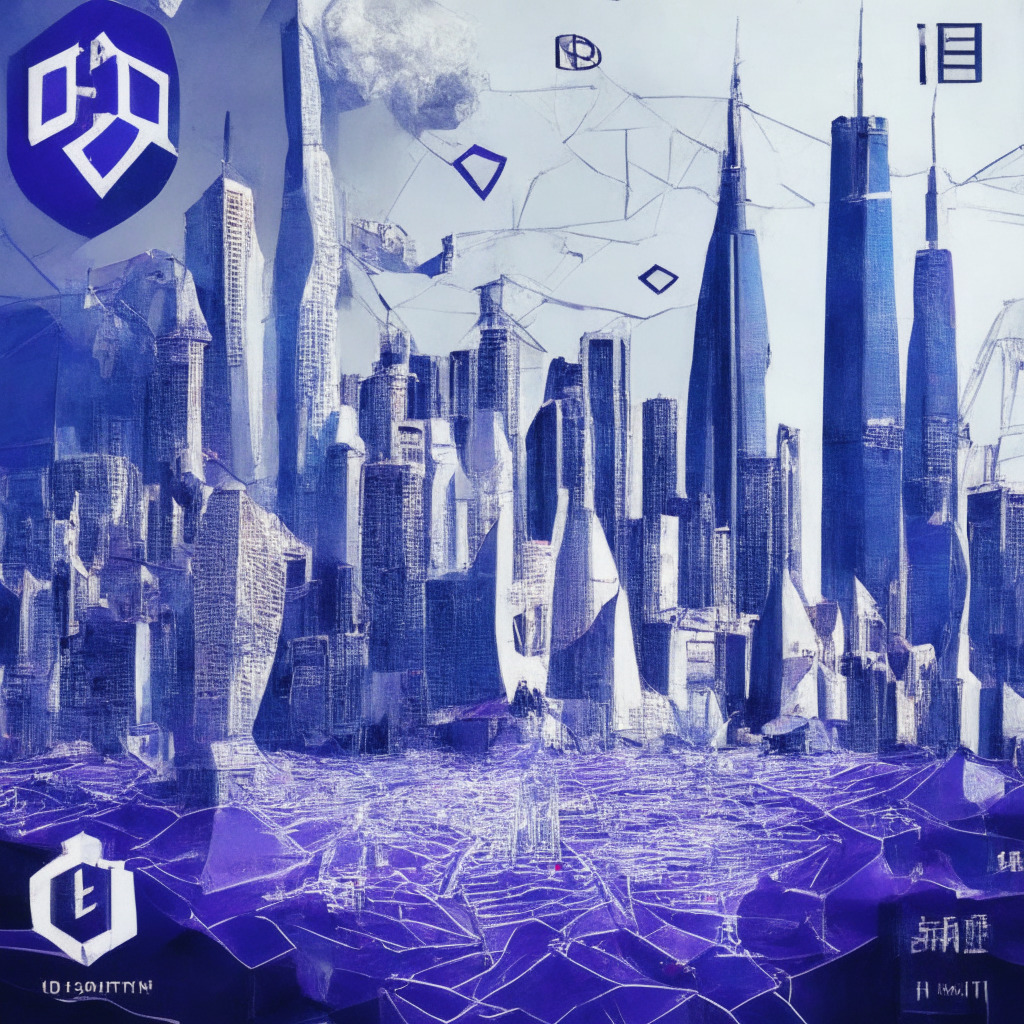Indisputable global consensus notes that Greenhouse Gas (GHG) emissions contribute heavily to global warming. As such, accurate measures to reduce these emissions remain vital, with attention turning to nature-based carbon reduction projects. However, data reliability issues challenge these efforts, in turn posing a problem for the voluntary carbon market (VCM), where carbon offset credits are traded. These offsets are sometimes interpreted as pollution licenses. Nevertheless, they remain crucial for gauging the environmental impact of consumer and industrial activities and subsequently motivating corporations to reduce emissions.
Recently, investigations revealed that over 90% of rainforest offset credits authorized by a top certification company Verra are potentially ‘phantom credits’ failing to represent genuine carbon reductions. This revelation has, no doubt, rattled the carbon trading sector and has sparked extensive discussions and new thinking on how to measure, report, or verify the effectiveness of carbon-reduction projects.
Digital monitoring, reporting, and verification (dMRV) is an emergent concept designed to automate these activities. It leverages innovative technologies like machine learning, remote sensing, and satellite imagery, as well as blockchain technology for traceability, transparency, and security, among other things.
Many remain hopeful that dMRV could jumpstart carbon markets post the scandal at Verra. Additionally, it could compensate for the lack of human auditors and inspectors globally responsible for evaluating GHG projects, particularly those that are more challenging ‘nature-based’ projects. More so, it could gather a comprehensive range of data and potentially avail it in real time.
However, people question whether this is too little, too late for altering climate change. Could better methodologies, such as determining how much a Brazilian rainforest reduces global carbon, not stall progress if not developed sooner? Are blockchains a necessity in the process? If yes, why? Moreover, will dMRV be able to fundamentally transform voluntary carbon markets, or could this be mere over-optimistic hype?
Overall, the blockchain-inclusive dMRV system is pivotal for improving these markets and saving them. The traditional MRV aims to demonstrate that particular activities, like tree planting or emission scrubbing, have indeed occurred. These are a prerequisite before a monetary value or carbon trading markets can function. However, the conventional system is fraught with weaknesses that suggest possible improvements offered by the digitized dMRV protocol. The key question remains – can blockchain help fix this convoluted process?
Source: Cointelegraph




